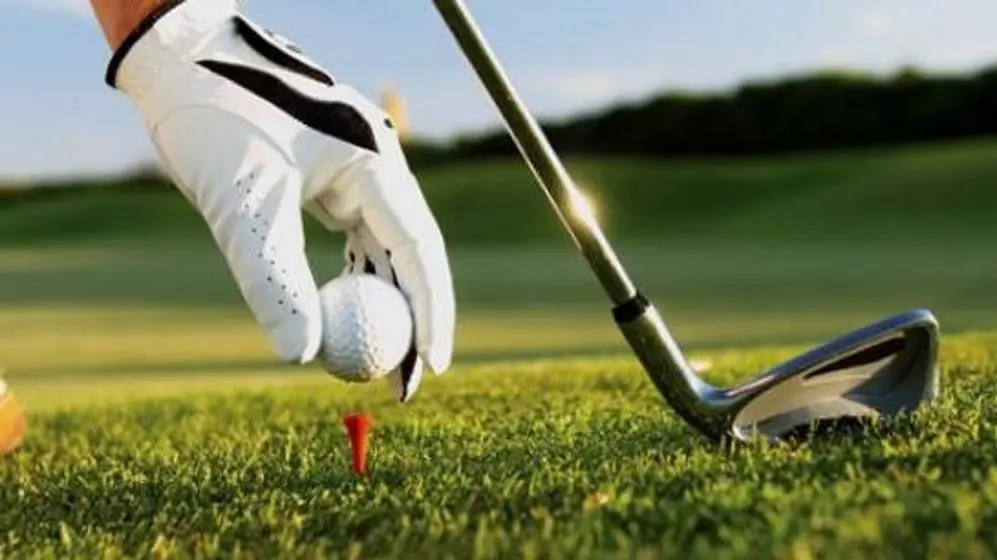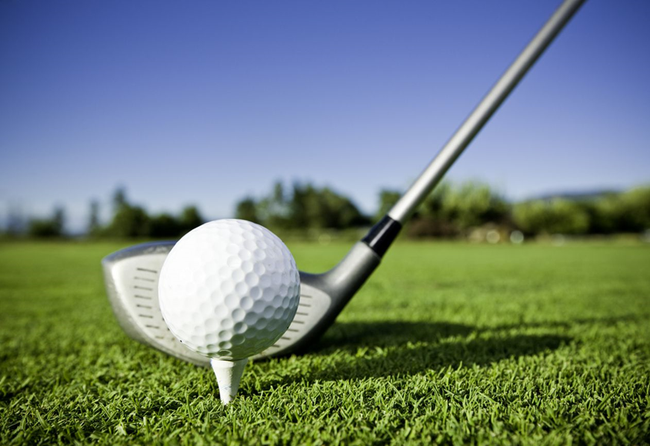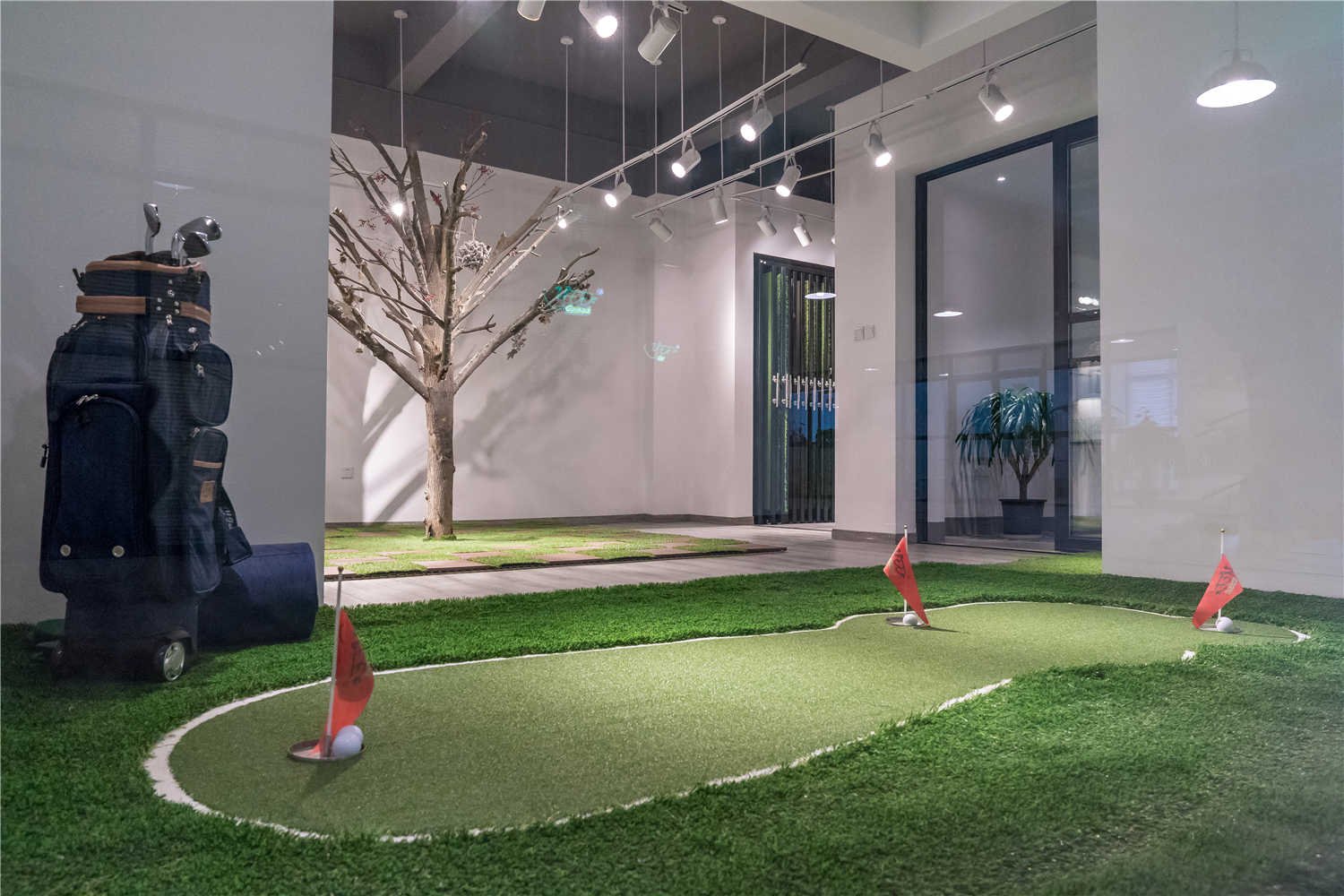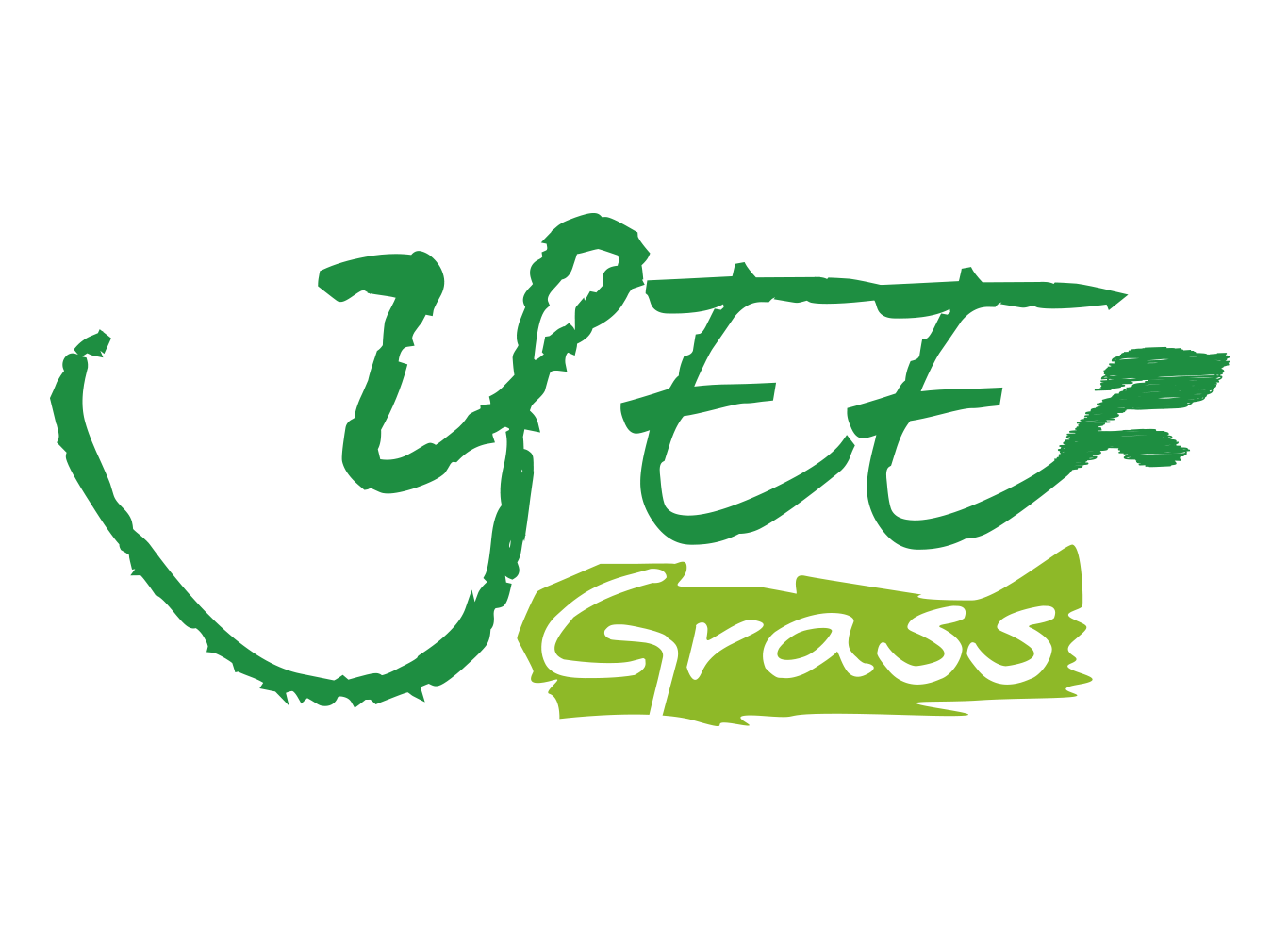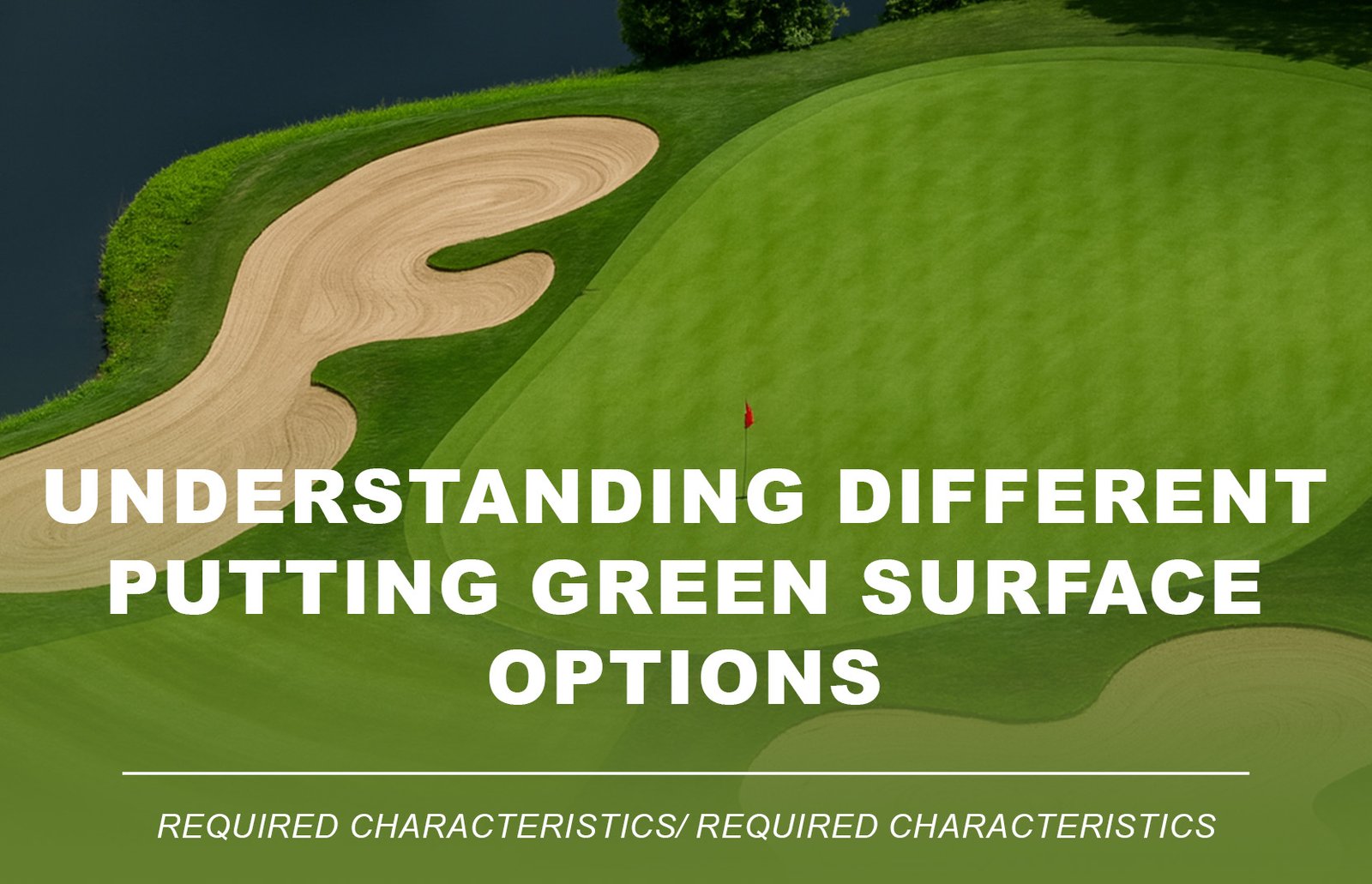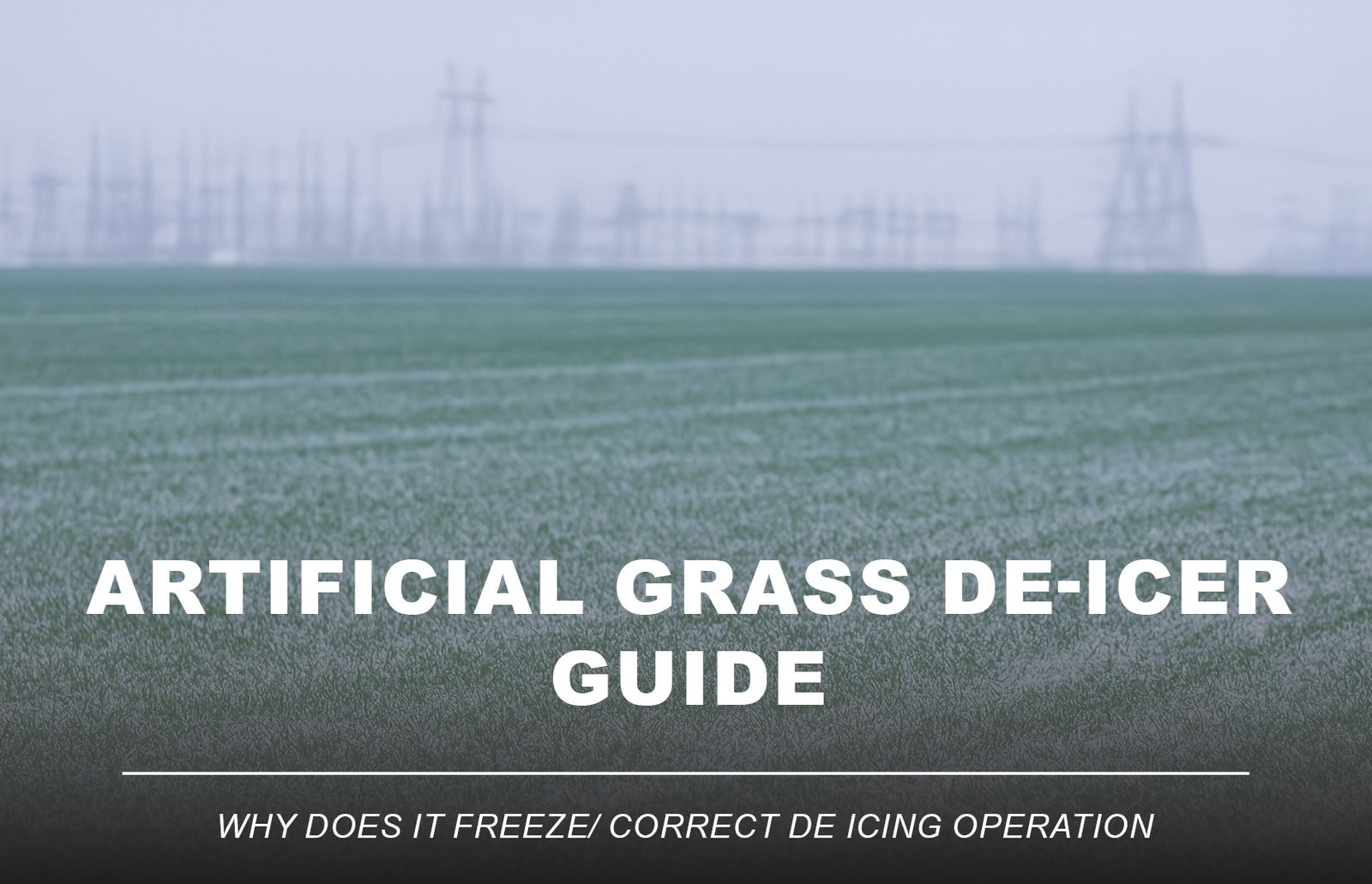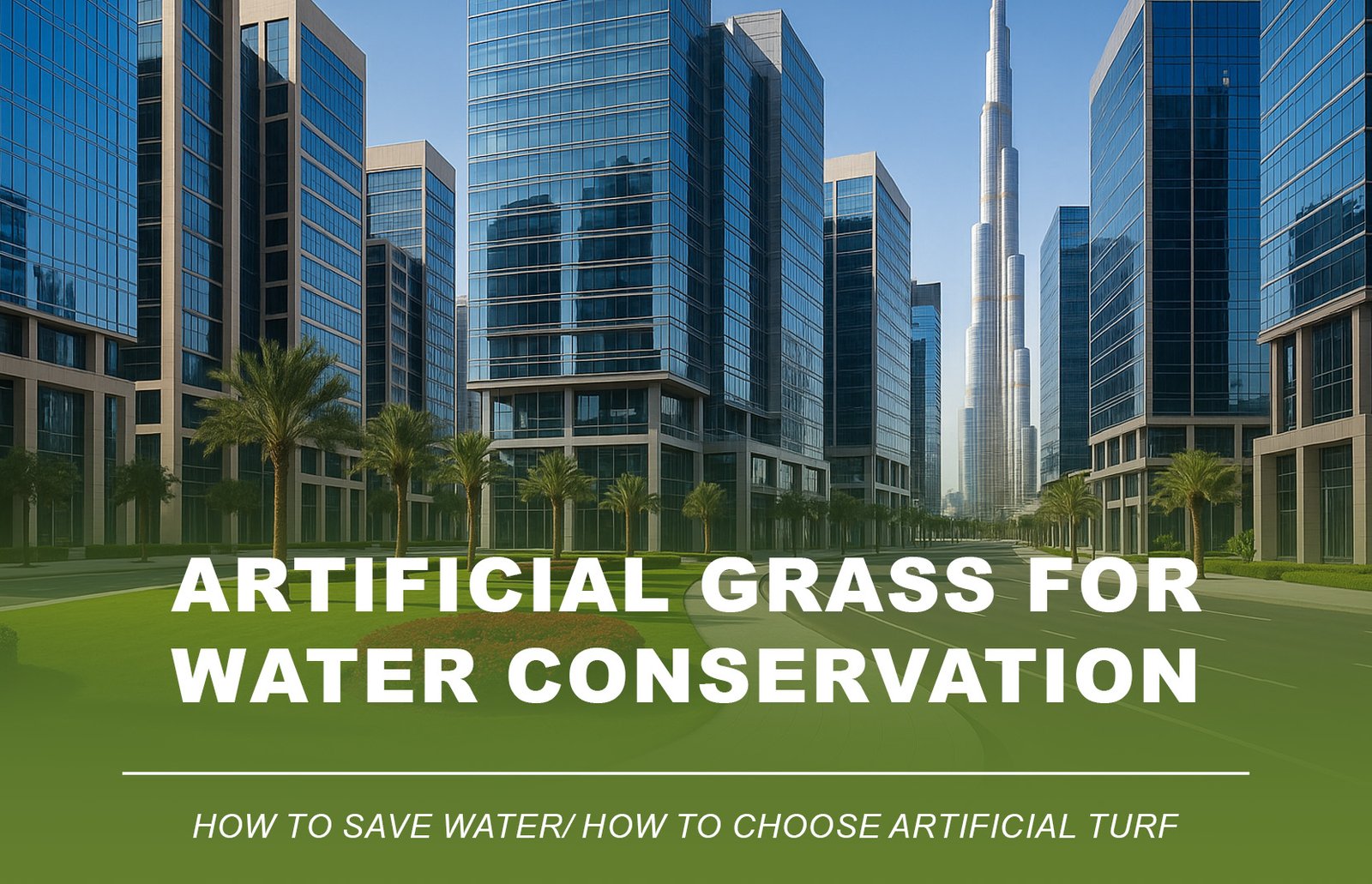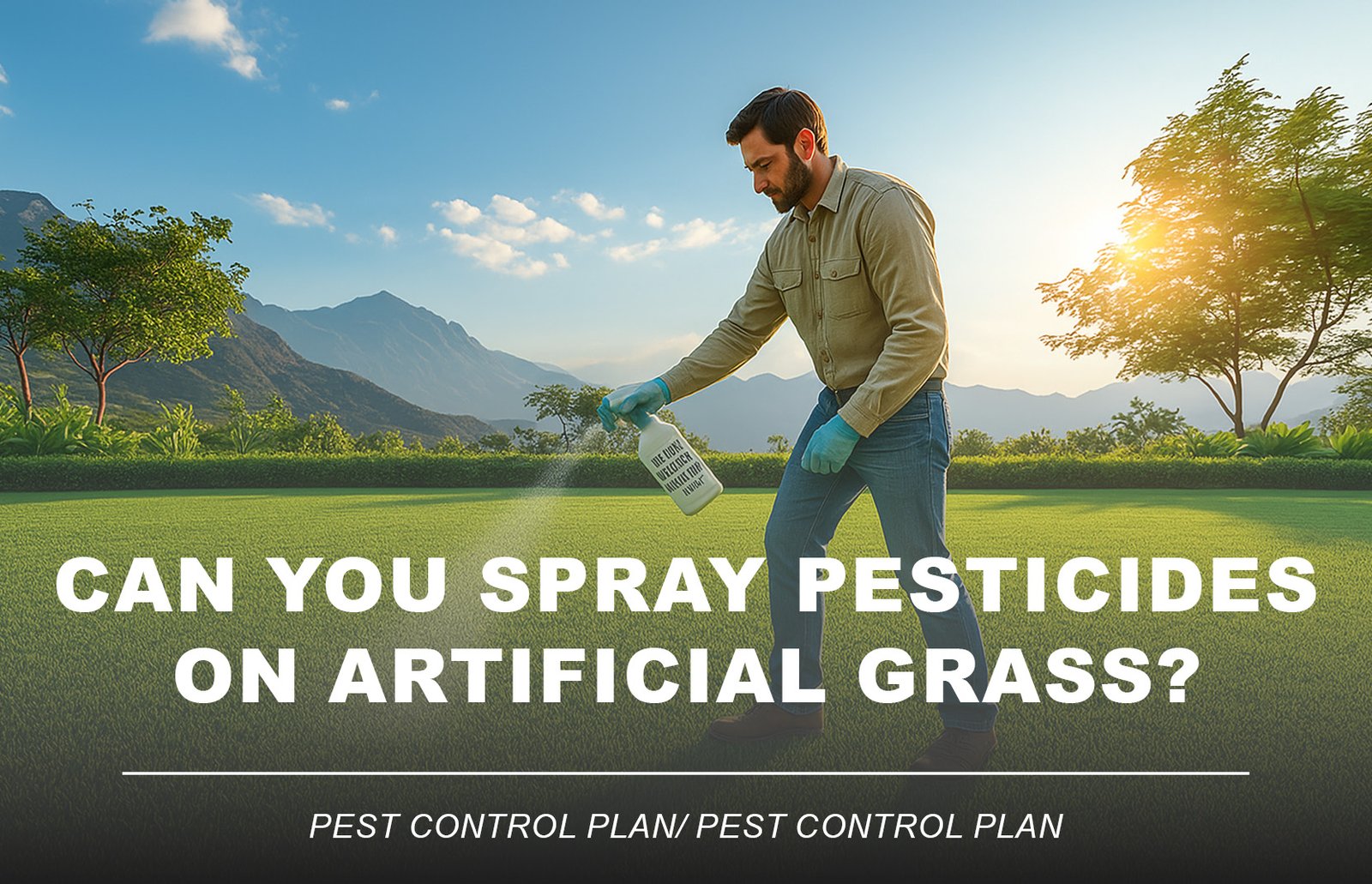
In the game of golf, putting precision often determines the final score. A smooth, true, and consistent putting green turf surface isn’t just a luxury—it’s a necessity for anyone looking to improve their short game. Whether you’re building an artificial putting green in your backyard, designing a training facility, or upgrading a commercial golf center, the type of putting green turf you choose directly impacts your performance, practice quality, and long-term maintenance.
In this guide, we dive into the most common putting green surface options, compare their characteristics, and help you choose the best turf for putting green setups based on your environment, budget, and skill level.
What Makes a Good Putting Green Surface?
A high-quality synthetic putting green surface should offer the following five core performance features:

- Ball Roll Consistency
The surface must be firm, tightly stitched, and level to ensure smooth, accurate, and predictable ball roll—essential for both casual and professional golf putting green performance. - Speed Control (Stimp Rating)
Putting green Stimp speed is a key measure of green performance. Most artificial putting green turf can be customized between 7–12 feet. Home users prefer 8–9 feet; professionals demand 10–12 feet. - Fiber Resilience
High-resilience turf fibers in nylon or polyethylene putting green systems resist matting from foot traffic and repeated strokes, maintaining upright structure for years. - Weather Resistance & UV Stability
For outdoor backyard putting green setups, choose UV-stabilized turf that resists fading, warping, or hardening under sun and rain. - Easy Maintenance
The best putting green turf offers low-maintenance advantages: self-cleaning properties, excellent drainage, and minimal need for brushing or infill top-ups.
Comparing the 3 Main Types of Putting Green Turf
Nylon Putting Green Turf – High-Performance Choice

- Densely woven, ultra-durable synthetic fibers
- Excellent speed and true ball roll
- Maintains shape under constant use
Pros: Fast ball speed, pro-level performance, long lifespan
Cons: Premium price, firmer surface feel
Best For: Pros, golf training facilities, indoor putting green turf setups
Expected Lifespan: 10–15 years
Polyethylene (PE) Putting Turf – Balanced for Backyard & Training

- Softer texture with realistic grass color
- Supports putting and light chipping
Pros: Realistic look, versatile, good for backyard putting greens
Cons: Slightly less durable than nylon
Best For: Family greens, hobbyists, indoor & outdoor artificial putting green grass
Expected Lifespan: 8–10 years
Polypropylene (PP) Golf Turf – Budget-Friendly Entry Option

- Affordable synthetic putting green turf
- Needs sand infill for stable ball roll
Pros: Low-cost, DIY-friendly
Cons: Shorter durability, lower UV resistance
Best For: Light-use greens, kids’ areas, budget putting green turf projects
Expected Lifespan: 3–5 years
Sand Infill or Not? Choosing Between Infilled & Non-Infilled Greens
Sand-Infilled Putting Green Turf:
- Enables Stimp speed adjustability
- Offers better weight, stability, and realism
- Common in professional putting green surfaces


Non-Infilled Turf for Putting Greens:
- Easier to install
- Great for indoor putting green turf with low foot traffic
Recommendation: Use putting green sand infill for outdoor and pro setups. Choose non-infill for easy, indoor maintenance.
Putting Green Stimp Speed Reference Guide
| User Type | Recommended Speed | Use Case |
| Beginners/Home | 7–9 feet | Casual control, backyard greens |
| Avid Golfers | 9–11 feet | Realistic putting feel |
| Professionals | 11–12 feet | Tournament-ready synthetic surfaces |
Note: Installation quality, turf fiber density, and sand infill depth all impact actual putting green speed.
Recommended Putting Green Turf by Scenario
| Environment | Recommended Turf | Key Advantages |
| Indoor Golf Studio | Nylon / Non-infill PE | Stable speed, quiet, no brushing needed |
| Backyard Putting Green | Sand-Infill PE Turf | Natural look, usable for chipping & putting |
| Commercial Golf Center | Nylon Turf | Long lifespan, handles high foot traffic |
| Kids’ Play Zone | Polypropylene (PP) Turf | Safe, affordable, easy to refresh |
Putting Green Turf Maintenance & Longevity Tips




- Cleaning: Remove leaves/debris monthly with a blower or broom
- Brushing: Every 2–3 months to lift flattened turf fibers
- Infill Check: Replenish putting green sand infill every 6–12 months
- Drainage: Ensure compact gravel base and perforated turf backing
Tip: Choose UV-stable, anti-microbial synthetic putting turf for max durability
FAQs: Common Questions About Putting Green Turf
Q1: What’s the best turf for beginners?
A: PE putting green turf—great balance of comfort, cost, and roll speed.
Q2: Do I need sand infill?
A: For outdoor or pro-level practice—yes. For indoor or low-traffic—no.
Q3: How long does synthetic putting green turf last?
A: Nylon: 10–15 yrs, PE: 8–10 yrs, PP: 3–5 yrs with proper care.
Q4: Can I control turf speed?
A: Yes—adjust Stimp speed via sand infill and turf type.
Q5: Can I install a green in a small yard?
A: Yes—even 2–3㎡ works great with custom backyard putting green turf.
Q6: Does it drain well outdoors?
A: Yes—look for turf with perforated backing and gravel base (60L/min/㎡).
Q7: Does sand infill need replacing?
A: Yes—every 6–12 months to maintain speed and consistency.
Conclusion: Choose the Best Turf for Your Putting Style
Whether you’re building a backyard putting green, professional training studio, or fun family green, choosing the right artificial putting green grass makes all the difference. Match your surface to your goals, environment, and usage frequency.
Need help choosing the best synthetic putting green turf? Contact our experts today for tailored guidance and free turf samples.
